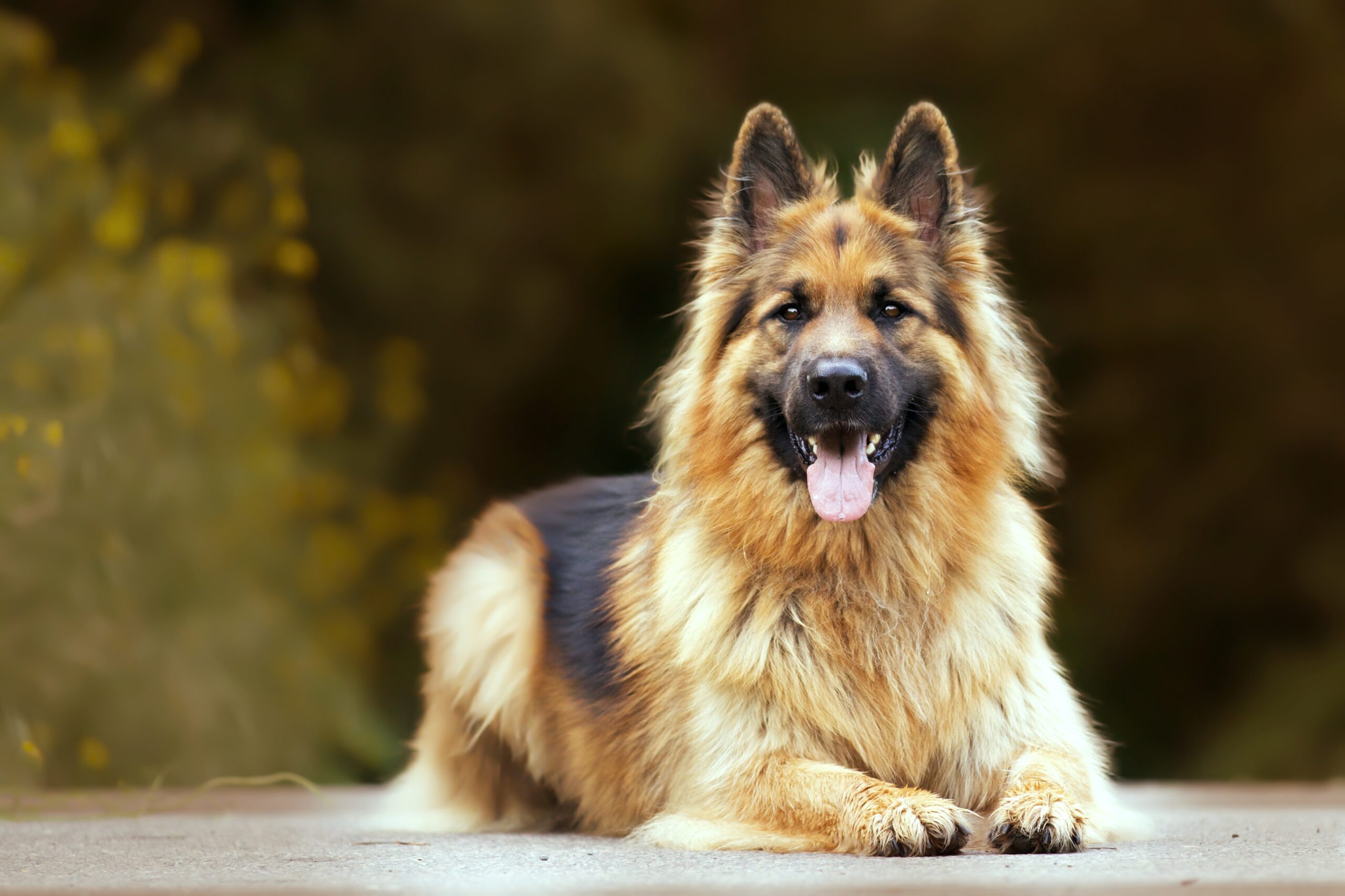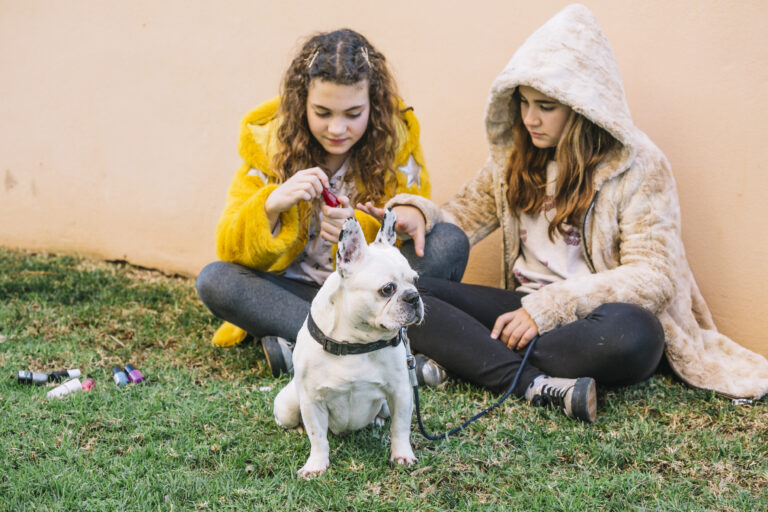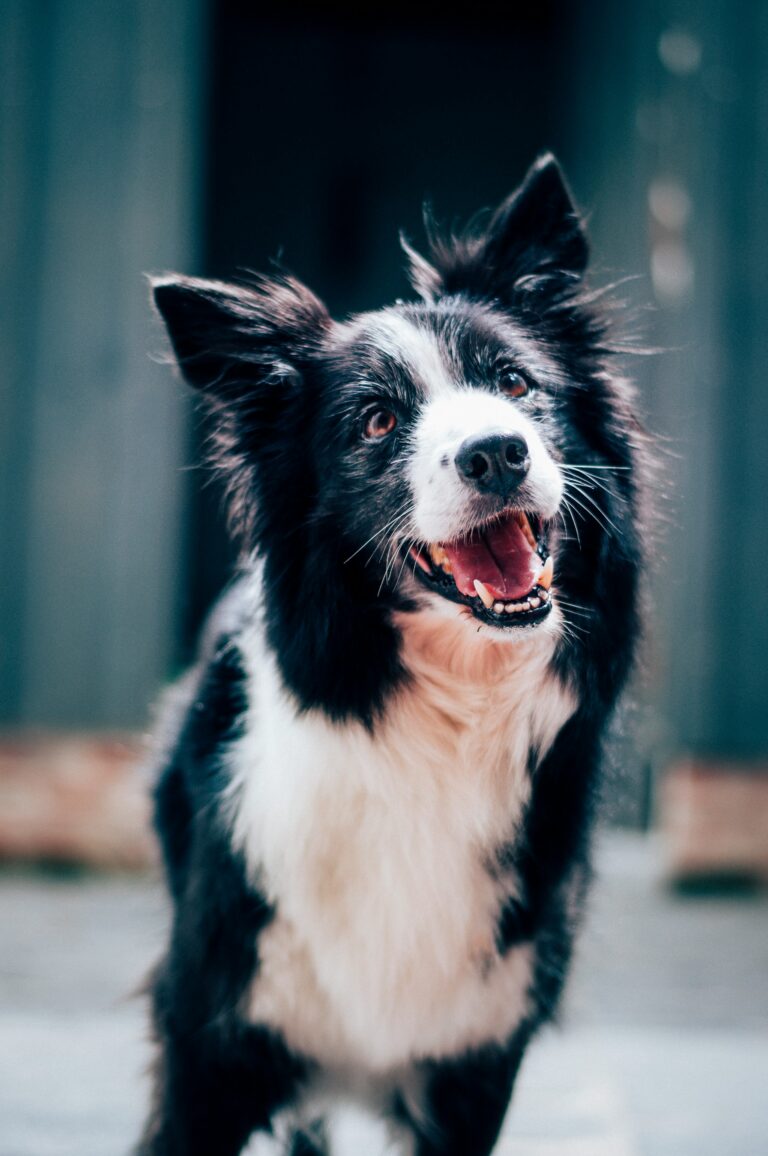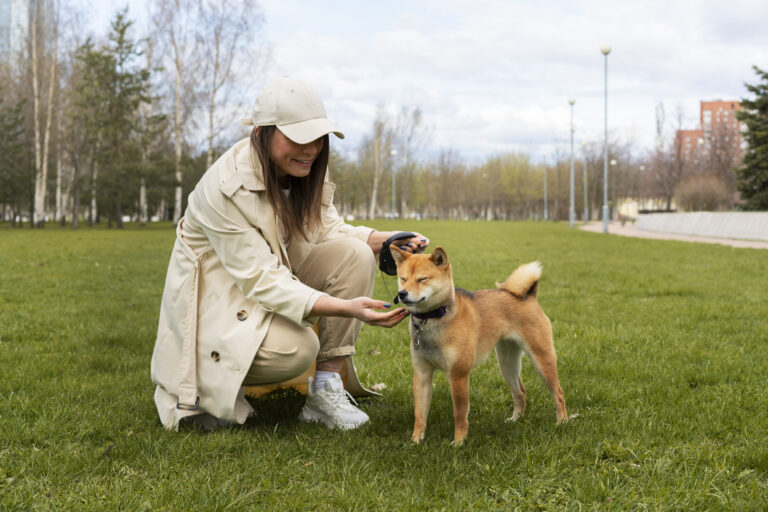Training Techniques For German Shepherds: Balancing Protection And Obedience
With their innate intelligence and versatility, German Shepherds have long been favored as both loyal companions and vigilant protectors. Interestingly, these magnificent animals were initially bred in the late 1800s to herd and guard sheep. Enthusiasts often explore innovative methods to cultivate their unique blend of protection and obedience, harnessing their natural instincts while ensuring they remain respectful and controlled.
Historically, the German Shepherd’s role evolved from herding to serving in military and police units, demanding a sophisticated balance of protective prowess and compliant behavior. Expert trainers stress the importance of positive reinforcement paired with consistency, noting that these dogs are responsive to structured routines. A fascinating statistic reveals that over 60% of handlers report success when incorporating interactive training games, helping to reinforce desired behaviors in engaging ways.
Essential Aspects of Training German Shepherds for Both Protection and Obedience
Training German Shepherds requires understanding their natural instincts and capabilities. These dogs are known for their intelligence and loyalty, making them ideal for protection and obedience roles. Start by establishing a clear routine and consistent commands to foster a solid understanding between you and your pet. Using clear and concise signals helps reinforce the desired behavior. This method becomes the foundation of effective training, ensuring that the dog knows what’s expected.
Protection training focuses on honing a German Shepherd’s natural guarding instincts. It involves teaching the dog to differentiate between a friendly approach and a potential threat. To achieve this, engage them in structured exercises that simulate real-life scenarios. For instance, you might use a combination of verbal commands and visual cues. This technique helps ensure that the dog reacts appropriately under various circumstances.
Obedience training is equally crucial and involves instilling essential commands like sit, stay, come, and heel. These commands are the building blocks of more advanced training techniques. The use of positive reinforcement, like treats and verbal praise, encourages the dog to repeat these actions willingly. Consistency is key; repeating the same commands reinforces learning. Over time, this creates a respectful and well-mannered pet.
Balancing protection and obedience training calls for a structured approach. Create a schedule that involves sessions for both protection and obedience exercises.
- Morning: Basic obedience drills
- Afternoon: Rest and socialization
- Evening: Protection exercises
This ensures that the German Shepherd develops both skills in tandem. With patience and practice, your dog becomes both a loyal protector and an obedient companion.
How To Train A German Shepherd To Attack: Protection Training Basics For GSDs

Understanding the Dual Role of a German Shepherd
German Shepherds are amazing dogs known for their versatility. They can be both fierce protectors and gentle family companions. This dual role makes them popular among families and professionals. What sets them apart is their intelligence and their ability to adapt quickly. These qualities make training them for different tasks a rewarding experience.
Protection is an instinctive role for German Shepherds, stemming from their history as guardians and shepherds. Their alert nature means they’re often the first to notice anything unusual. Training them to enhance this instinct involves teaching them to assess situations calmly. This means they’ll only act when they truly need to. Through consistent practice, they can accurately respond to potential threats.
On the other side of their dual role is obedience, a key aspect of their interaction with humans. Obedience training focuses on basic commands and respecting boundaries. For a German Shepherd, this ensures they are manageable and pleasant to be around. Obedience keeps them safe, too, especially in busy or dangerous environments. Using
- clear commands
- positive reinforcement
is crucial for this type of training.
To better understand a German Shepherd’s temperament, owners often use observation. A simple table can help track progress and behavior:
| Behavior | Response |
|---|---|
| Alert | Listens |
| Anxious | Comforted |
| Calm | Rewarded |
This ensures a balanced approach, building a dog that’s both a protector and a friend.
Developing a Foundation of Trust and Respect
A strong bond of trust and respect with a German Shepherd is essential for effective training. This relationship starts with spending quality time together. Activities such as walking and playing help build this bond. Consistent rules and routines give the dog a sense of security. Over time, your German Shepherd learns to rely on your guidance.
Respect is a two-way street. German Shepherds respond best when they feel respected and valued. Avoid using harsh corrections, which can damage trust. Instead, communicate your expectations clearly and patiently. Positive methods encourage your dog to make decisions based on mutual respect.
Trust is further strengthened through consistency and predictability. Dogs need to know what to expect from their owners. Predictable behavior includes feeding times, walk routines, and training sessions. Following a schedule makes your German Shepherd feel secure. Trust blossoms when they see you as a dependable leader.
Keeping track of your dog’s growth and comfort can be effective. A simple table of milestones and activities can help:
| Milestone | Activity |
|---|---|
| First Walk | Neighborhood Stroll |
| Obedience Command Learned | Sit |
| First Outing | Park Visit |
Using this tool aids in maintaining a nurturing environment for your dog to thrive.
Incorporating Positive Reinforcement Techniques
Positive reinforcement is a powerful training method for German Shepherds. It focuses on rewarding desired behaviors rather than punishing mistakes. Treats, praise, and playtime can serve as rewards and help motivate your dog. This approach encourages your pet to repeat good behavior willingly. Over time, this creates a positive learning environment.
Rewards should be immediate to effectively reinforce the behavior. Dogs connect actions with results that happen within seconds. Timing is, therefore, crucial for successful training. If a dog sits when asked, praise and a treat should follow right away. This quick acknowledgment helps them associate the command with the reward.
The key to positive reinforcement is consistency.
- Always use the same cues and rewards for specific actions.
- This helps dogs understand what is expected of them.
- Regular sessions provide opportunities for practice.
- Be patient as new behaviors become habits.
Consistency helps prevent confusion and builds confidence.
Gradually increase the difficulty of exercises as your dog progresses. Start with basic commands like sit and stay. Move to advanced tricks or real-world scenarios once they’ve mastered the basics. This approach keeps training engaging and challenging. Your dog will enjoy learning while developing new skills.
A training journal can track your dog’s progress efficiently. You may want to include:
| Week | Command | Progress |
|---|---|---|
| 1 | Sit | Excellent |
| 2 | Stay | Good |
| 3 | Come | Needs Improvement |
This method gives insight into areas needing focus, ensuring well-rounded training.
Challenges in Training and How to Overcome Them
Training German Shepherds can sometimes be challenging due to their strong-willed nature. One common issue is their stubbornness, which can delay progress. To tackle this, ensure your approach is firm yet friendly. Consistent commands and a calm demeanor often work best. This builds a respectful learning environment where the dog feels secure.
Another challenge is keeping their attention during training sessions. German Shepherds are intelligent, but they can get easily distracted. Short, engaging activities help maintain their focus. Integrating varied exercises can prevent monotony. This approach keeps the training dynamic and your dog interested.
German Shepherds might also struggle with socialization skills. Meeting other pets or unfamiliar people can be overwhelming for them. Slowly introducing them to new environments is key. Regular visits to dog parks and controlled playdates are helpful. Over time, they become comfortable around different stimuli.
Tracking progress and identifying focus areas is beneficial. A simple table can help organize training efforts:
| Challenge | Solution | Result |
|---|---|---|
| Stubbornness | Consistent Commands | Improved Obedience |
| Distraction | Engaging Activities | Better Focus |
| Socialization | Gradual Exposure | Increased Comfort |
This planned approach ensures a more successful training journey for both you and your German Shepherd.
Measuring Success in Training German Shepherds
Determining the success of training a German Shepherd involves observing changes in behavior. Consistent response to commands without hesitation is a good indicator. For instance, the dog following “sit” or “stay” commands immediately shows progress. Another sign is their ability to remain calm in new situations, reflecting their social adaptability. A well-trained German Shepherd demonstrates both agility and obedience in various environments.
Tracking advancements can be systematic with the help of a log. Record observations during each training session. Entries could include the commands practiced, distractions present, and the dog’s reactions. Over time, patterns emerge that highlight areas of strength and improvement. This visible record also allows adjustment of techniques as necessary.
Evaluating success also means noting emotional changes in your pet. A confident and relaxed demeanor suggests positive training experiences. German Shepherds become more eager to participate in sessions they find rewarding. If they show excitement when approached for training, it’s a win. Such enthusiasm indicates they enjoy learning and look forward to bonding moments.
Simple tests in everyday settings offer insight into training effectiveness. Observing the dog’s behavior during walks or when guests arrive can be telling. Improved manners, such as not jumping on people or pulling on the leash, signify good training. Regular checks help confirm that training objectives are met. An organized table can assist:
| Test | Behavior | Result |
|---|---|---|
| Command Response | Sits Immediately | Success |
| Social Situations | Remains Calm | Improvement |
| Manners | No Jumping | Consistent |
These measures ensure a structured and rewarding relationship with your German Shepherd.
Frequently Asked Questions
Training German Shepherds to balance protection and obedience can be rewarding yet challenging. Here are some frequently asked questions to help guide you through the process.
1 How can I start training my German Shepherd on basic commands?
Begin with simple commands like “sit,” “stay,” and “come.” These foundational commands build the foundation for more advanced training. Consistency and patience are key. Use treats and praise to encourage your dog. Keeping training sessions short and fun can also help maintain your dog’s interest.
Practice these commands in different settings to reinforce their learning. Gradually introduce distractions to ensure they can focus. Over time, your German Shepherd will become more responsive and well-mannered. This initial training phase helps establish a strong bond between you and your dog.
2 What makes positive reinforcement effective for training German Shepherds?
Positive reinforcement works because it rewards desired behaviors, making the dog more likely to repeat them. Treats, praise, and playtime can be effective rewards. This method builds a positive association with training. Unlike harsh corrections, it encourages dogs without causing fear or anxiety. It also strengthens the bond between you and your dog.
Consistency is crucial in positive reinforcement. Dogs need to understand what behavior earns rewards. This clear communication aids in faster learning. Over time, your German Shepherd will understand what is expected and will respond eagerly, making training sessions enjoyable for both of you.
3 How do I handle my German Shepherd’s guarding instinct during training?
To manage their guarding instinct, start with socialization. Introduce your dog to different people and environments. This helps them distinguish between normal and threatening situations. Use commands like “watch” to alert and “leave it” to relax. Gradually, they learn appropriate responses.
Reinforce calm behavior with rewards. If they remain relaxed in new situations, praise them. This technique teaches them to read cues from you. Regular practice and exposure will help your German Shepherd balance their protective instincts with obedience.
4 What are the common challenges in training German Shepherds?
German Shepherds are energetic and intelligent, which can sometimes make them stubborn. Keeping their attention during training can be difficult. Using varied and engaging exercises can help. Consistent routines and clear commands are essential to prevent confusion. Additionally, over-excitement and distraction in new environments can pose challenges, but regular practice can overcome these issues.
Socialization can also be a challenge. Introducing your German Shepherd to different people and situations helps them remain calm and well-behaved. This can be managed through gradual exposure and positive reinforcement. Understanding these challenges can make training more effective and enjoyable for both you and your dog.
5 How do I know if my German Shepherd is making progress?
Track your German Shepherd’s behavior and their response to commands. Consistent obedience and calmness in varied situations indicate progress. Keeping a training log can be helpful. Note the commands practiced, your dog’s reactions, and any distractions present. This helps identify areas of strength and improvement.
Emotional changes are also important. A confident, relaxed, and eager demeanor during training sessions suggests positive progress. Regularly evaluating their behavior in everyday situations, such as walks or meeting guests, can also provide insights. Continuous observation ensures that your training methods are effective and enjoyable for your dog.
Conclusion
Training German Shepherds to master both protection and obedience requires a blend of patience and knowledge. By focusing on positive reinforcement and consistent routines, owners can unlock the extraordinary potential of these versatile dogs. Tackling challenges with a structured approach helps foster a well-balanced relationship. As a result, German Shepherds become reliable protectors and cherished companions.
Observing progress and adapting strategies ensure continued improvement in training outcomes. This dynamic process allows owners to tailor techniques to their dog’s unique traits. Through these efforts, German Shepherds not only learn essential behaviors but also develop a strong bond with their handlers. Ultimately, the journey of training a German Shepherd is both rewarding and transformative.








